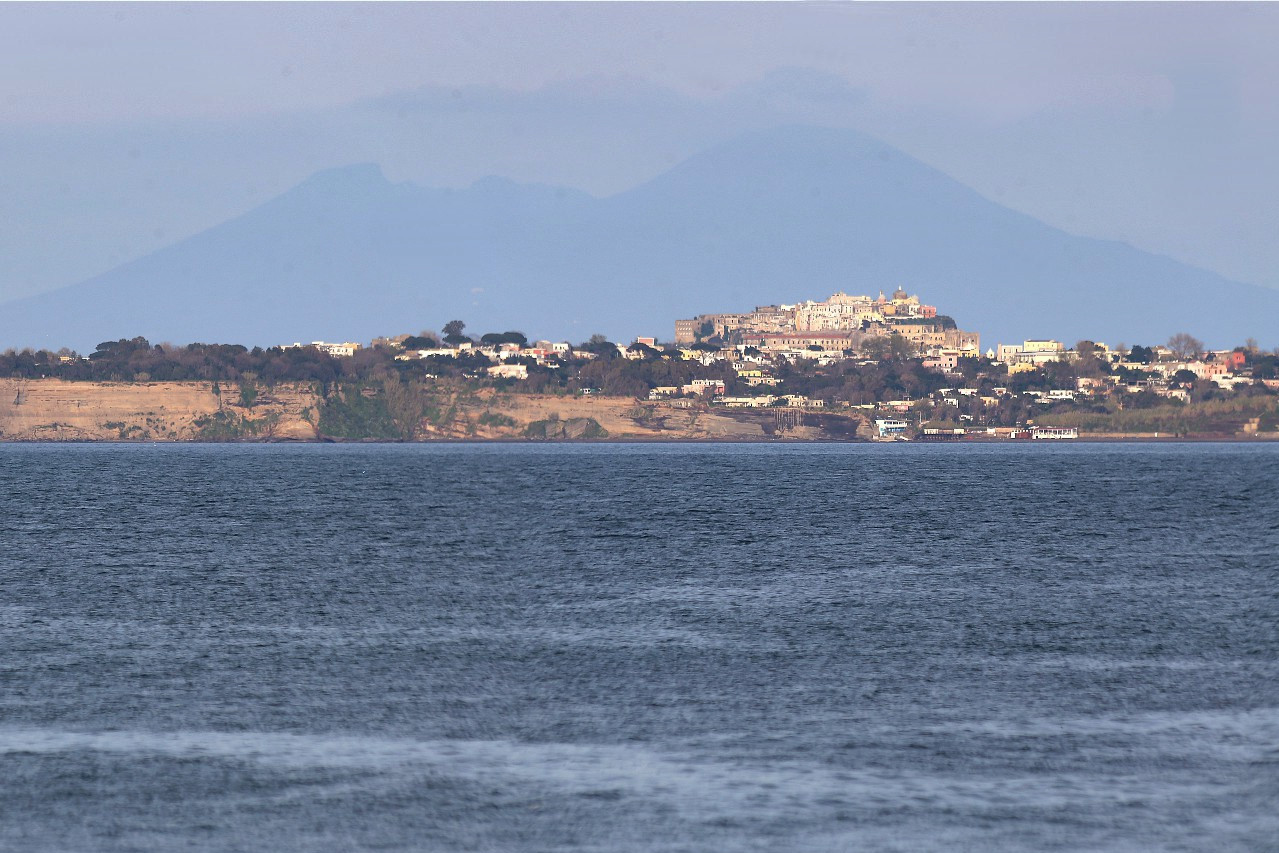Chinese Pavilion and Buchner Park, Ischia Porto
After passing the ferry docks, I headed for the peninsula that separates the harbor from the sea. To get there, you need to cross the old channel, or rather, what is left of it. The water area of the current Porta di Ischia used to be a lake formed in the crater of an extinct volcano and had no connection with the sea. In order for fishermen to have a harbor protected from waves and winds, in 1670, by order of Ferdinand II, a canal was dug that connected the sea with the lake. The channel was named La Foce ("mouth","throat"). After the construction of the port, the canal lost its significance and gradually became clogged with sea sediments, and now only a small section from the harbor side reminds of it.
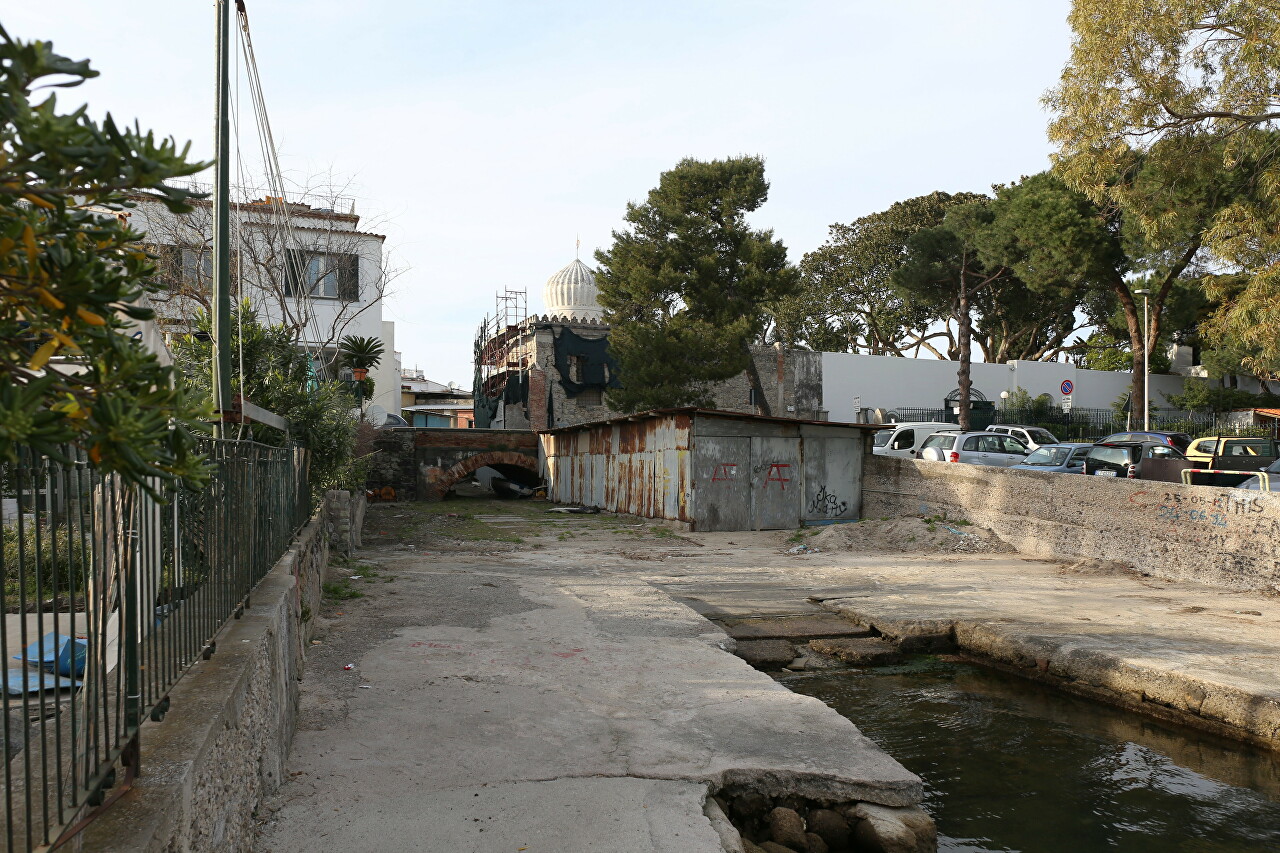
On the bank of the canal was a garden with a wooden pavilion in the Chinese style, called the "Pagoda". The garden was a popular recreation area for the local nobility and officers. However, over time, the park fell into disrepair and the pavilion became dilapidated, at one time it was used as an armory, then it was dismantled.
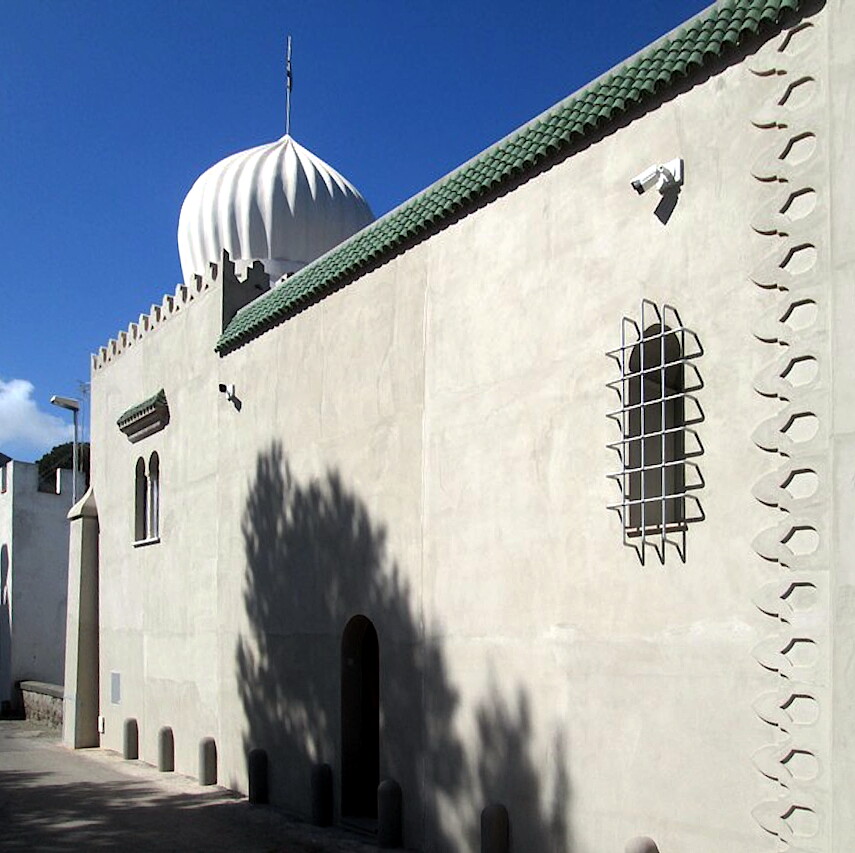
What is now passed off as the Chinese pavilion and called the Pagoda is the luxury guest house L'altana, built in 1949 and occupying part of the former Royal Garden.
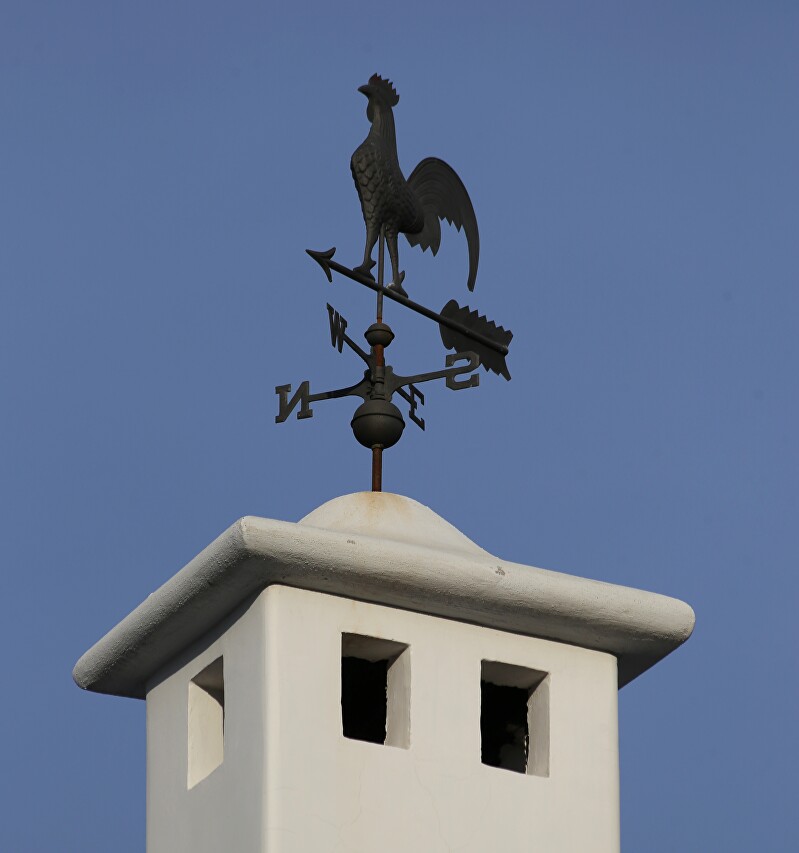
In terms of architecture, this structure has nothing to do with China, but rather resembles Central Asian buildings, and besides, on the spire you can see Muslim symbols in the form of a star and a crescent.
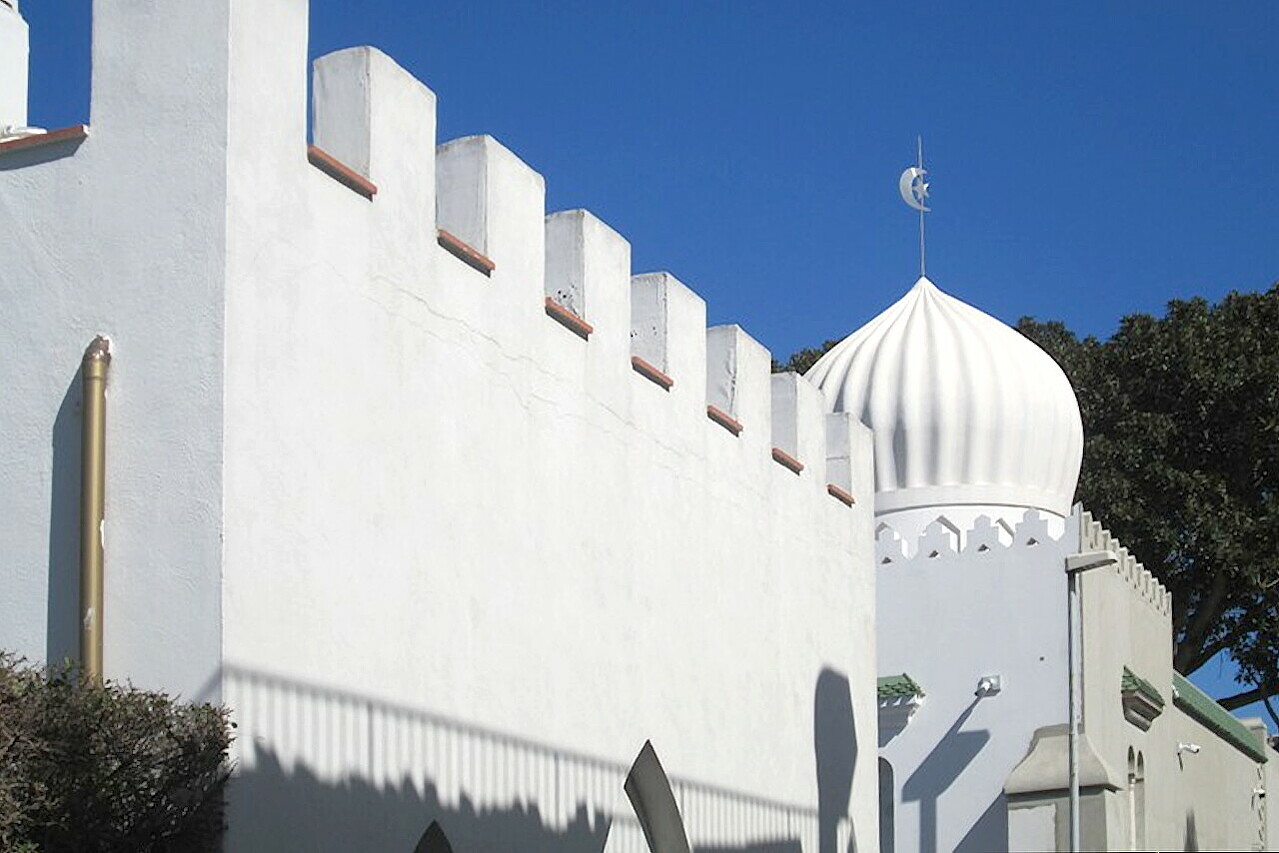
The other half of the royal Garden is a small, cozy park that is open to everyone.
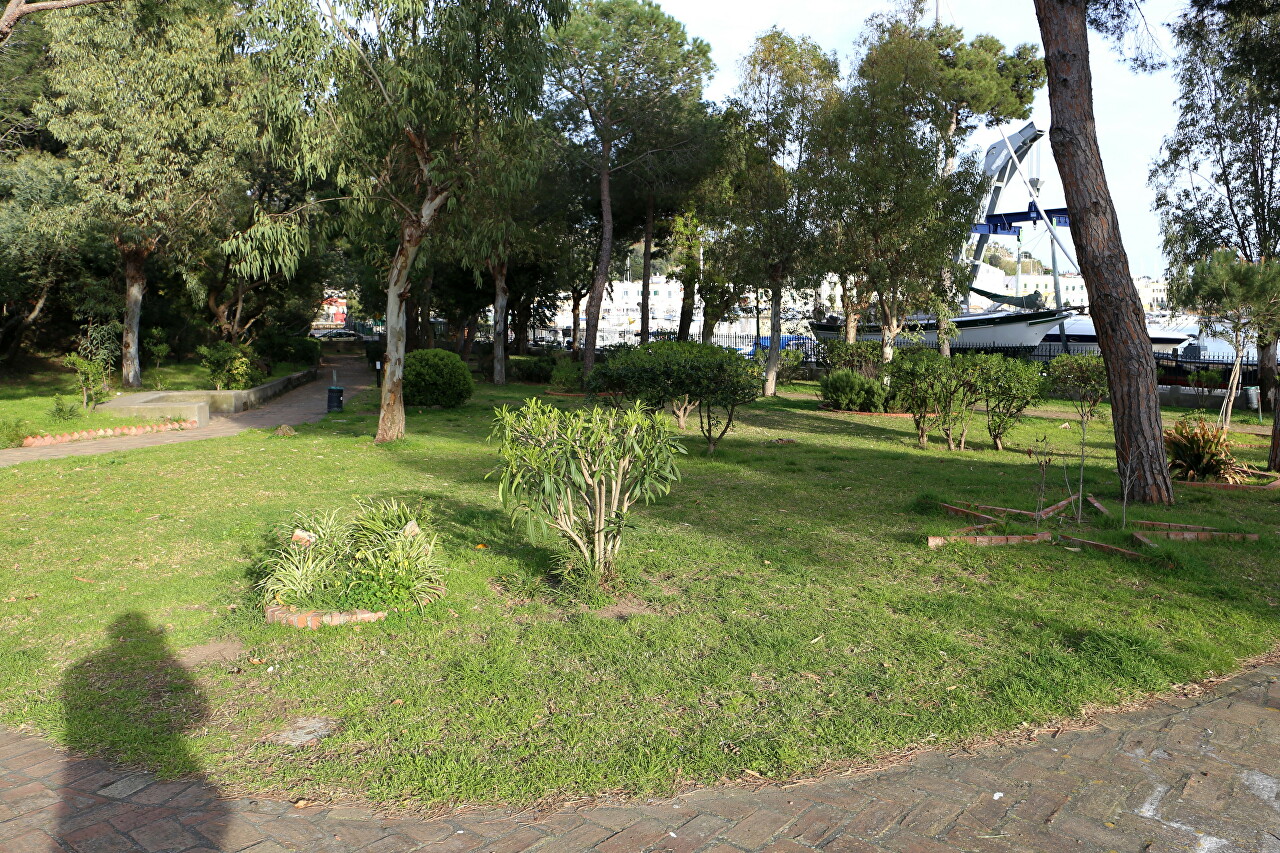
The park is named after Professor Paul Buchner, a German-born marine biologist. In 1944, Buchner founded a laboratory for the study of marine life on the island and worked there for more than 20 years.
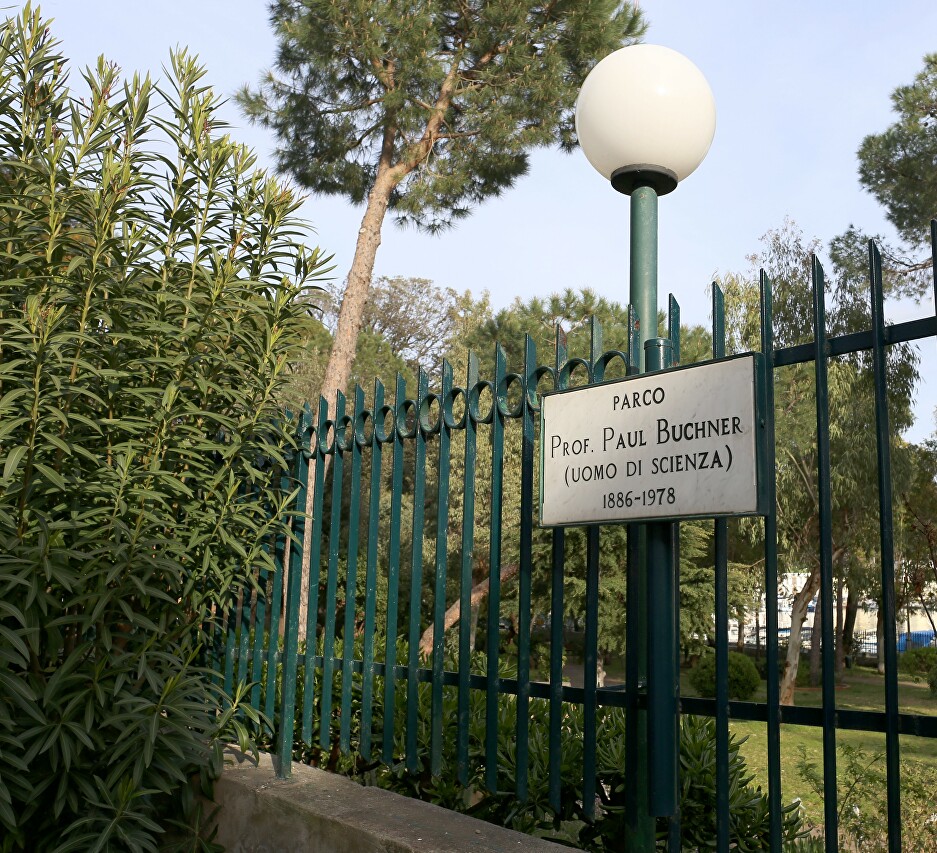
My attention was drawn to an original artistic sign with a reminder for dog owners "Put waste in the basket".

The park ends with a viewing platform built on the gun platform of the fort that protected the entrance to the harbor.
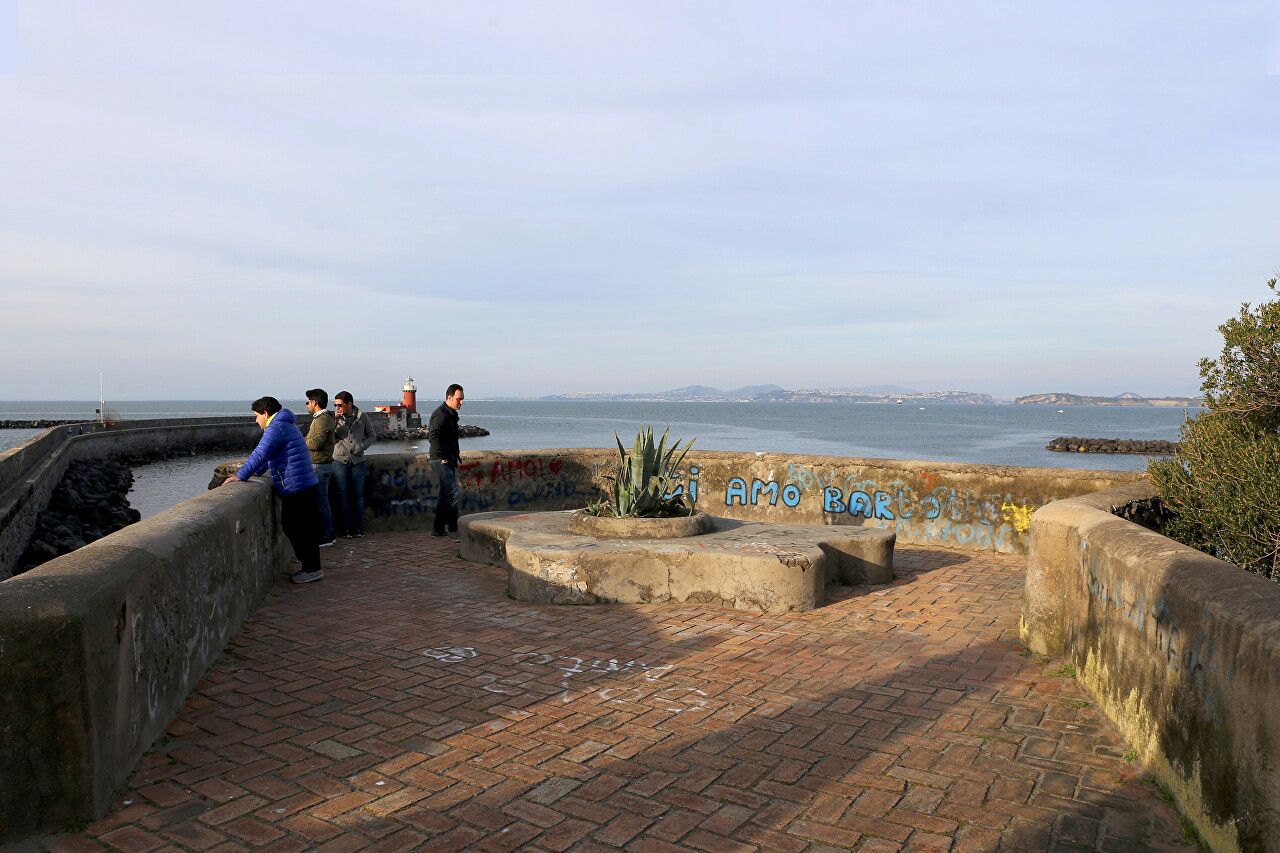
The site offers a beautiful panorama of the Gulf of Naples with the island of Procida on the background of the huge Vesuvius.
